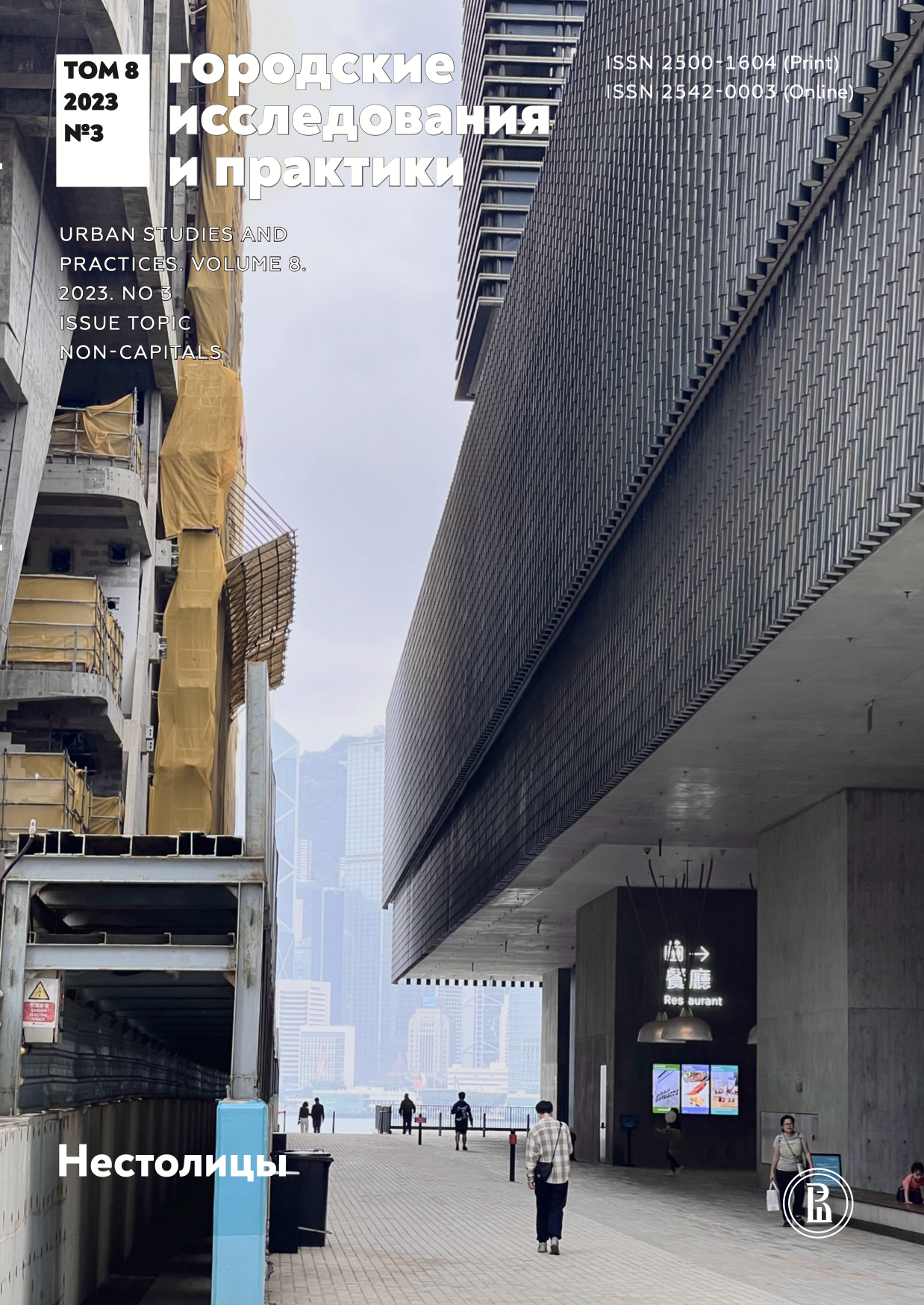“Little Japan”: The Impact of The Karafuto Era Legacy on the Tourist Image of Yuzhnosakhalinsk
Abstract
This study presents an investigation of the tourist image of Yuzhno-Sakhalinsk, focusing on the associative image of “Little Japan”. An original comprehensive methodology for researching the tourist-geographical characteristics of the Yuzhno-Sakhalinsk territory has been developed, based on qualitative research methods: traditional document analysis, in-depth interviews, and mental mapping, including imaginative geographical mapping. Based on an extensive database, a network construction of nodal objects has been compiled — a tourist imaginative geographical map of Yuzhno-Sakhalinsk. It demonstrates the typology of tourist images of Yuzhno-Sakhalinsk: “Pristine Yuzhno-Sakhalinsk,” “Asian Melting Pot,” including the image of “Little Japan,” and "Typical Russia." The exceptional impact of the “Little Japan” tourist image on shaping the perception of Yuzhno-Sakhalinsk as a spatially connecting element of the city has been revealed. The presence of Karafuto objects, which are in demand by tourists, leads to the emergence of modern infrastructure objects in Yuzhno-Sakhalinsk, representing “Japanese identity” in the city, thus creating a basis for forming and consolidating the image of Yuzhno-Sakhalinsk as “Little Japan.” This image possesses great potential for the city’s development as a “new” recognizable brand and attractive tourist destination.
Downloads
References
Баженова Ж. М. (2021) Карафуто в истории Японской колониальной империи // Россия и АТР. № 1. С. 146–167.
Высоков М. С. (2008) История Сахалина и Курильских островов с древнейших времен до начала. XXI столетия. Южно-Сахалинск: Сахалинское книжное издательство.
Гришачев С. В. (2019) Японское губернаторство Карафуто (1905–1945): история и социальная память // Ежегодник Япония. 2019. № 48. С. 272–286.
Замятина Н. Ю. (2001) Взаимосвязи географических образов в страноведении: Диссертация канд. геогр. наук.
Иванова А. П. (2020) Культурные ландшафты Сахалина: народное и национальное // Архитектон. Том. 69. № 1. С. 1–14.
Индекс туристической привлекательности регионов России (2021) // Strelka KB. Режим доступа: https://tourism-index.strelka-kb.com/segmentationpower (дата обращения 18.01.2023).
Киёфуми К. (2015) Наступление СССР в Маньчжурии и репатриация японцев // Российско-японские отношения в формате параллельной истории / под ред. Д. В. Стрельцова, С. В. Гришачева. Москва: МГИМО-Университет. С. 446–474.
Кузин А. Т. (2005) Генеральная застройка Южно-Сахалинска: историко-архитектурные аспекты // Вестник Сахалинского музея. № 1. С. 232–242.
Музей Сахалина (2019) // ГАУ «Институт Генплана Москвы». Режим доступа: https://genplanmos.ru/project/muzey-sahalina/ (дата обращения 20.01.2023).
Памятники Карафуто на территории Южно-Сахалинска (2020) // Виртуальный краеведческий ресурс «Дорогами прошлого». Режим доступа: https://road.libsakh.ru/ehkskursii/pamjatniki-karafuto-na-territorii-juzhno-sakhalinska (дата обращения 16.03.2023).
Сабиров Р. Н. (2018) Использование лесных ресурсов Южного Сахалина в период губернаторства Карафуто (1905–1945 гг.) // Первые краеведческие чтения. С. 143–151.
Южно-Сахалинск: островная столица — центр притяжения туристов (2023) // ГБУ «Сахалинский туристско-информационный центр». Режим доступа: https://gosakhalin.ru/sights/yuzhno-sakhalinsk/ (дата обращения 11.04.2023).

